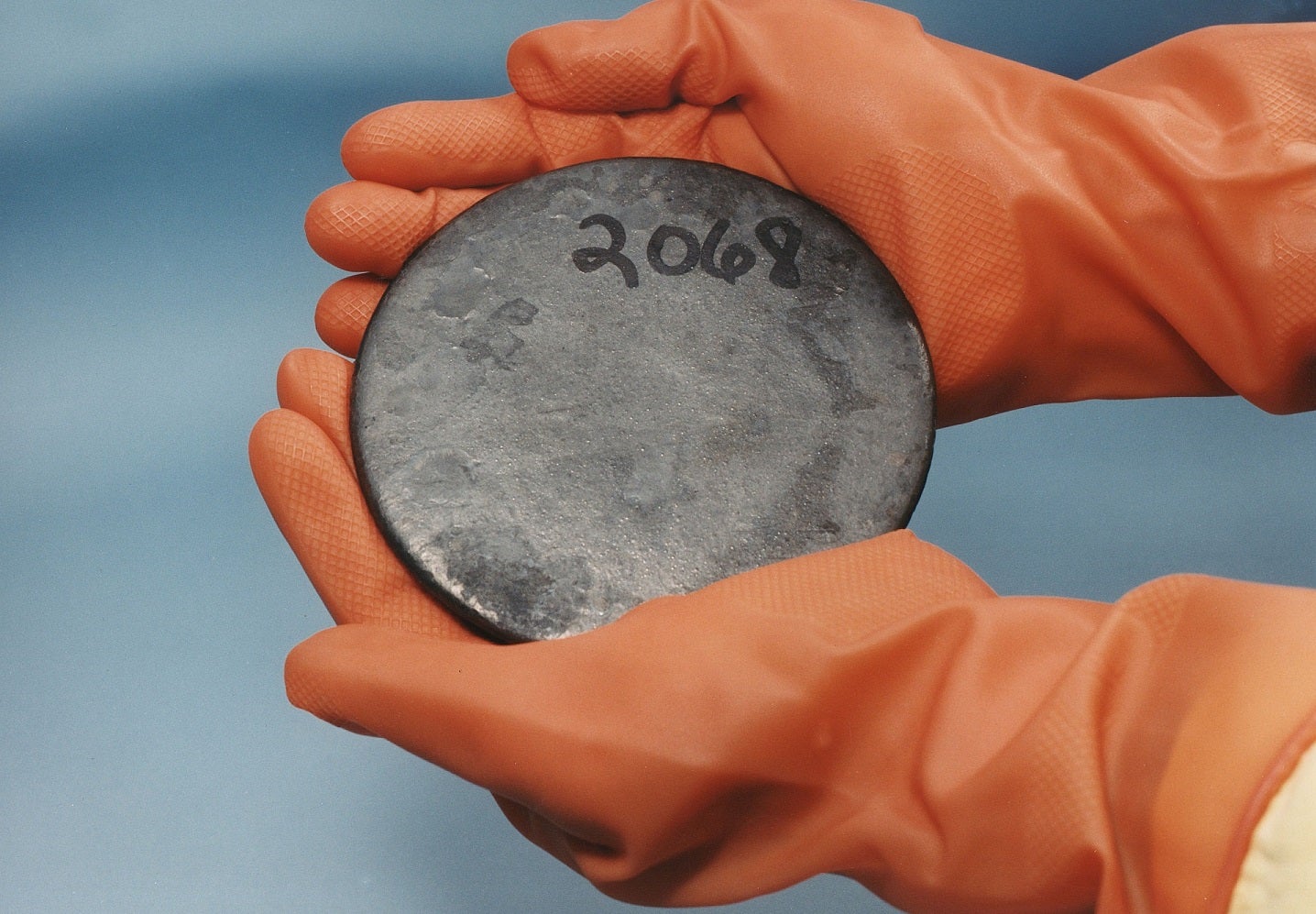
Russia exceeded its uranium production target in 2023, with Rosatom revealing at its annual Stakeholder Dialogue event that it produced 90 tonnes more in the year than it was expecting.
The Priargunskoye Industrial Mining and Chemical Union (PIMCU) uranium production centre in the Transbaikal/Chita region used heap leaching to increase the processing of low-grade ores and the commissioning of a new treatment block at Mine No 8 further supported stable production volumes.
Moreover, new mines are being developed. The Argunskoye and Zherlovoye deposits will be access through Mine No 6, which is being developed by Rosatom. First uranium from the mine is set to be produced in 2028 and Mine 6 “will become the main source of uranium production in the next 40–50 years” as further ore bodies are developed, Rosatom said in its Atom Media Online publication.
The company added that this “will increase uranium production and guarantee the raw material independence of the Russian nuclear power industry, even taking into account the decrease in the resource base of mines No 1 and 8”.
JSC Khiagda, the subsidiary responsible for in-situ leaching operations in the Republic of Buryatia, has begun building a local sorption unit at the Dybrynskoye ore-field and commissioned the first stage of the Kolichkanskoye field in December.
Atomredmeztoloto (ARMZ) exploration subsidiary Rusburmash drilled 240 wells throughout the year. ARMZ is the management company of Rosatom’s mining division.
Viktor Svyatetsky, ARMZ first deputy director-general, said: “PIMCU, Khiagda and Dalur continue to expand the uranium base of the Russian nuclear power industry. For us, it is important not only to strictly implement the plans for the existing supplies of uranium for the production of nuclear fuel. We are also working for the future since the mining division of Rosatom is solving the most important task – ensuring the country’s raw material independence with strategic metals.”
Despite placing sanctions on Russian oil and gas, Europe still imports large quantities of uranium from Russia. In 2022, 16.89% of its uranium supplies came from there.



